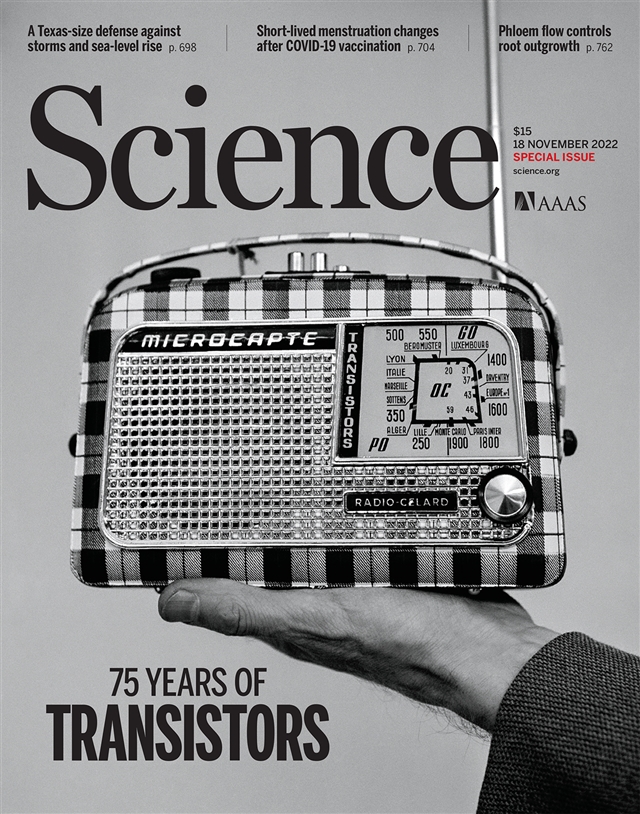
研究人员表明,xerobranching是由源自韧皮部的激素脱落酸的径向运动调节的,脱落酸通过胞间连丝破坏了内外细胞层之间的细胞间交流。这些细胞间孔的闭合破坏了激素信号生长素的内向运动,阻碍了侧根的分枝。一旦根尖重新与水分接触,脱落酸反应就会迅速减弱。这项研究揭示了根如何通过将水力通量的变化与动态的激素再分配联系起来,使其分枝模式适应异质的土壤水分条件。
据悉,植物的根在其分枝模式中表现出可塑性,从而有效地觅取异质分布的资源,如土壤水。当根失去与水的接触时,xerobranching会抑制侧根的形成。
附:英文原文
Title: Hydraulic flux–responsive hormone redistribution determines root branching
Author: Poonam Mehra, Bipin K. Pandey, Dalia Melebari, Jason Banda, Nicola Leftley, Valentin Couvreur, James Rowe, Moran Anfang, Hugues De Gernier, Emily Morris, Craig J. Sturrock, Sacha J. Mooney, Ranjan Swarup, Christine Faulkner, Tom Beeckman, Rishikesh P. Bhalerao, Eilon Shani, Alexander M. Jones, Ian C. Dodd, Robert E. Sharp, Ari Sadanandom, Xavier Draye, Malcolm J. Bennett
Issue&Volume: 2022-11-18
Abstract: Plant roots exhibit plasticity in their branching patterns to forage efficiently for heterogeneously distributed resources, such as soil water. The xerobranching response represses lateral root formation when roots lose contact with water. Here, we show that xerobranching is regulated by radial movement of the phloem-derived hormone abscisic acid, which disrupts intercellular communication between inner and outer cell layers through plasmodesmata. Closure of these intercellular pores disrupts the inward movement of the hormone signal auxin, blocking lateral root branching. Once root tips regain contact with moisture, the abscisic acid response rapidly attenuates. Our study reveals how roots adapt their branching pattern to heterogeneous soil water conditions by linking changes in hydraulic flux with dynamic hormone redistribution.
DOI: add3771
Source: https://www.science.org/doi/10.1126/science.add3771
